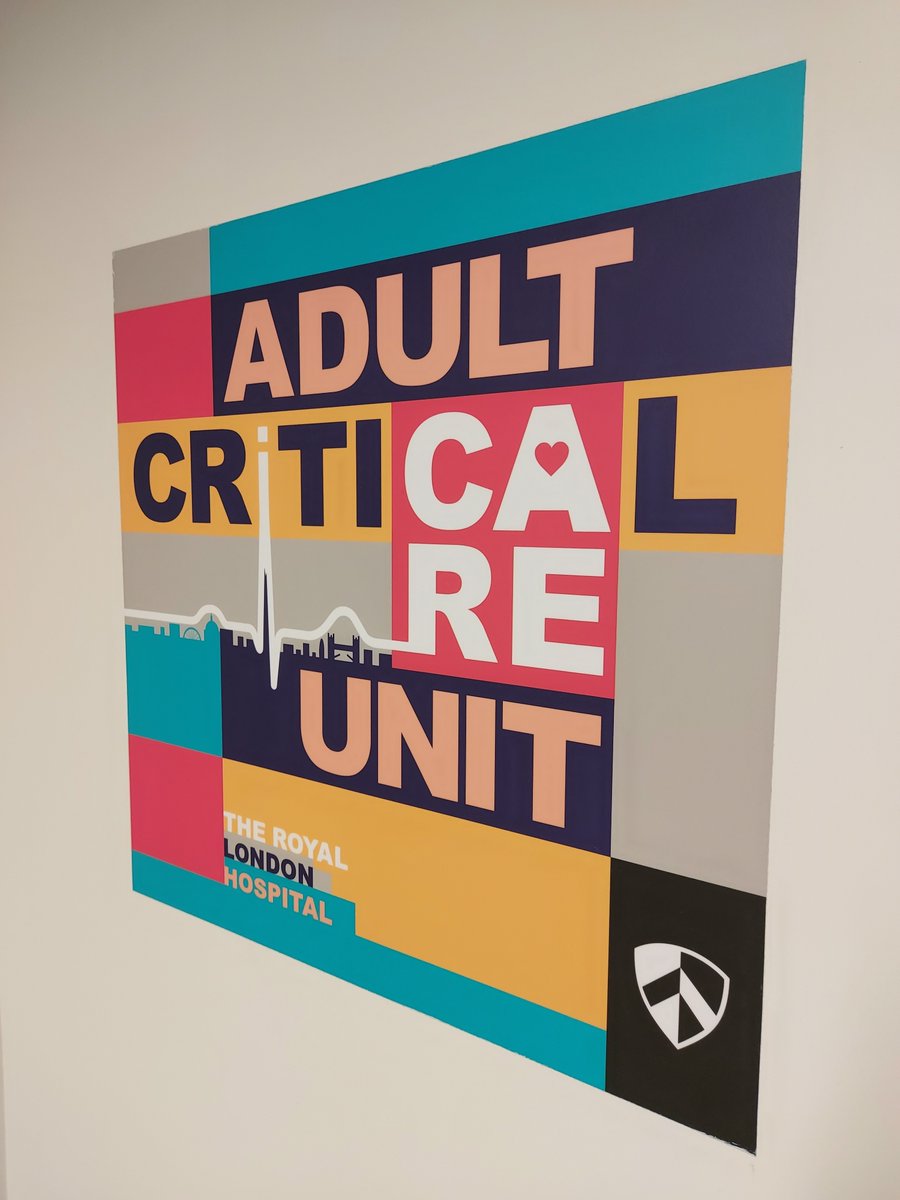
Lots of discussion about improved survival in the latest @ICNARC report on COVID-19 admissions to intensive care published on Friday. But there's an even more crucial message in this graph showing the rate of increase in ICU admissions. 1/6 

We can now see that ICU admissions with COVID-19 are increasing at a much slower rate than March. So we are seeing a 'slow burn' rather than a 'second wave'. This could make the vital difference to how well @NHSuk copes through the winter. 2/6
This slower rise does NOT mean we will see fewer cases overall in the pandemic second phase. But it does mean we will see fewer cases AT ANY ONE TIME. NHS hospitals are like a flood wall: things are OK until the waters reach the top. But when they do we have a major crisis. 3/6
The most effective strategy is not to build a higher flood wall (open more beds) but to slow the flood wave. We still see the same volume of water (patients) but spread over a longer time. The high watermark never tops our defences. We maintain good quality patient care. 4/6
I see this all the time on busy shifts in ICU. I don't need to find immediate solutions for every patient. I just need to play for time. Sooner or later there will be enough beds to admit every patient. That same scenario is now playing out over weeks rather than a few hours. 5/6
There's a vital lesson here. The slow rise in COVID is NO accident. WE made this happen. We slowed the flood wave with #HandsFaceSpace. Less impact on @NHSuk means 'routine' healthcare continues, means shorter restrictions, means less economic impact. Thanks for all you do. 6/6
A (slightly rambling) discussion of whether survival is improving for patients admitted to ICU with COVID-19:
https://twitter.com/rupert_pearse/status/1317453371784237058?s=20
The full @ICNARC report is free to download here: icnarc.org/Our-Audit/Audi…
• • •
Missing some Tweet in this thread? You can try to
force a refresh



